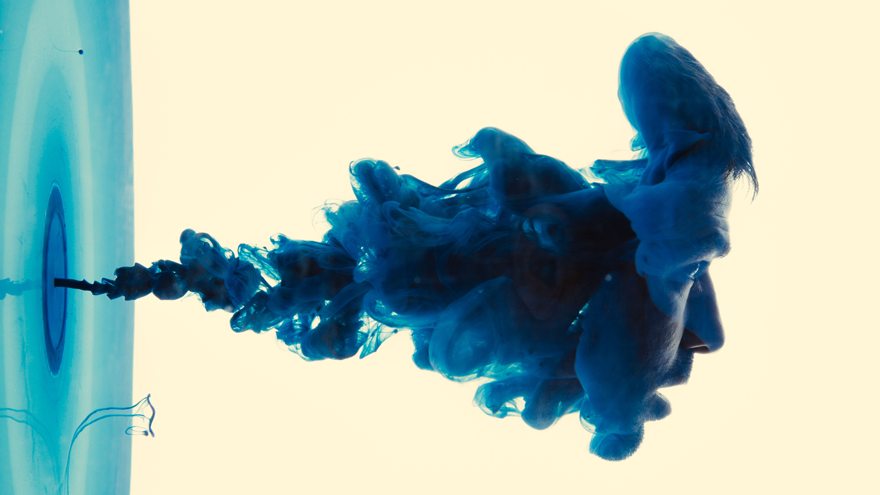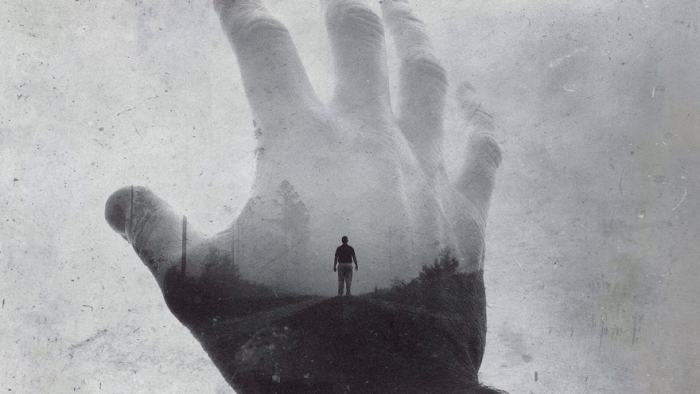Brandon Kidwell is a force of creativity from Florida, USA, who dissects all manner of art so as to find a way to understand it on his own terms. His way of deconstructing different tasks has allowed him to draw from various life experiences that inform and ripen his creative vision, whatever the medium might be at the time.
“In my life, I've been an amateur sketch artist, baseball player, football player, poet, painter, drummer, DJ, composer, writer, skateboarder and later in life a photographer. I've never worried about what the vehicle was for my creativity, but more what was available at the time,” Kidwell said regarding the variety of his life’s work thus far.
“I think this has been important to my creative growth as I've always had to fill in the blanks by myself, regardless of what I’m doing. This always provided me with the creative breath to fill in the gaps on my own, in my own creative manner and has always opened up new or different ways to the same end result.”
We find him now in a period of photographic fascination; a medium that allows Kidwell to depict the “under-layer of life”, as he puts it, through his own lens. Using the illusion of double exposure, Kidwell creates thought-provoking portraits that connote the lives we live on the interior, fathoms deeper than the façade.
Having garnered kaleidoscopic experience through various creative ventures, Kidwell draws inspiration for his imagery from nearly anything without having to think too much about it. According to him, ideas stew together, mingling furtively in a subconscious way until they form a distinct body on which a photograph can be based later. Technical inspiration, on the other hand, is far easier to trace.
“My process begins with a concept or technique. Currently, I’m trying ink and water photography, which is turned into double exposure. I'm still working on the concept or the meaning of the work before the final project can begin. I like to create multiple images using a single technique that come together and compliment each other in a story greater than themselves. If I have a concept or a narrative, I'll start with that and determine what the best method is to tell that story respectively.”
For many artists, navigating the conceptual side of their creativity is the most challenging aspect of their work. Conveying the idea irrespective of the medium is the challenge. But not for Kidwell. To him, the real difficulty finding free time.
“Free time is most important to me to be creative and to execute ideas. I have never had trouble with concepts or ideas to work on, but the time to explore them has been my challenge. If I didn't have to sleep, I'd have a vast body of work evolving each year,” he elaborates.
Quite apart from this is the troubled relationship between commercialism and art. When someone else is footing the bill, a certain amount of creative contortion (or even concession) comes into play, as Kidwell explains.
“The other challenge is applying conceptual art in the commercial world. Detaching yourself from your art is important in this space, as you are no longer the only driver to the end-product. Working for hire in the creative field requires two minds to work in harmony. One is the business mind and one is the creative. If you can balance those and are not offended or emotionally evoked by the opinions of clients that don't agree with you, you can survive and possibly thrive.”




















